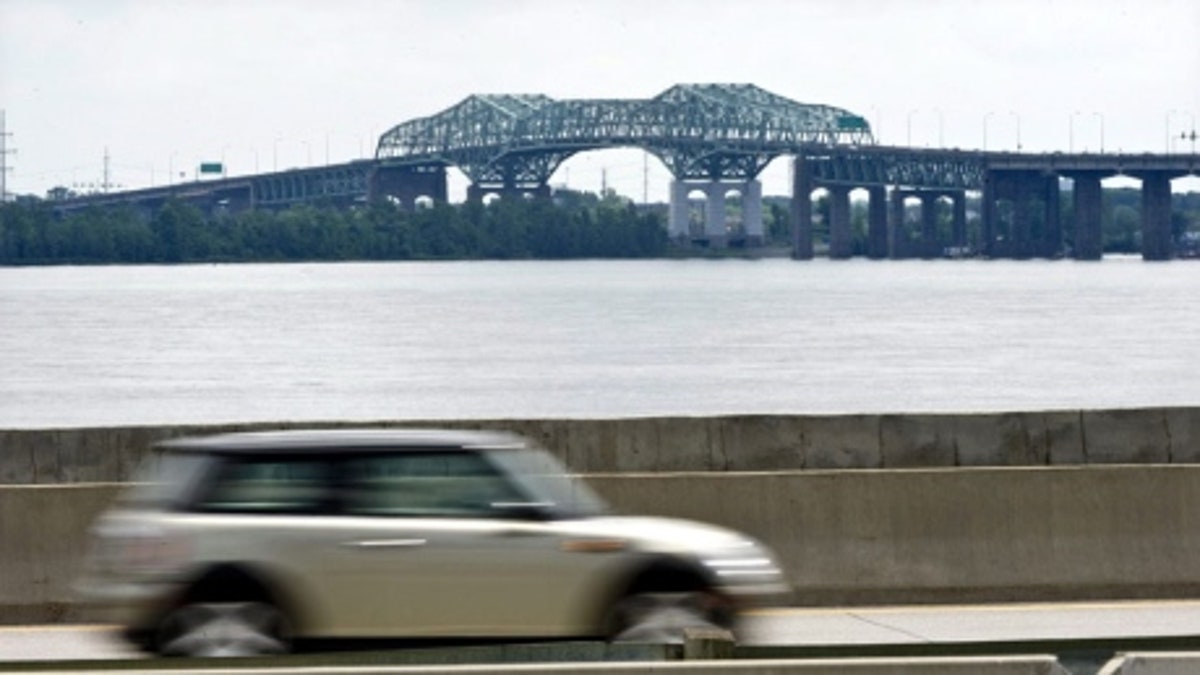
The St. Lawrence River as seen from Montreal. (AP Photo/Paul Chiasson, The Canadian Press)
Officials in Canada's second-largest city, Montreal, started a controversial operation Wednesday to dump more than two billion gallons of raw sewage into the St. Lawrence River, a plan that had environmentalists and some politicians crying foul.
"I want to reassure people that it's going well," Mayor Denis Coderre told reporters, according to CBC News.
Even though residents noticed some the water had changed color, waste water operations chief Richard Fontaine reportedly said that's not the best indication of its quality. He said the city was performing more precise tests.
Coderre has said the dump is necessary because the city must temporarily close a large sewer that feeds sewage to a treatment facility.
U.S. Sen. Charles Schumer had asked U.S. environmental regulators to ask Canada to stop the discharge. The Environmental Protection Agency said it has no regulatory authority in Canada.
The St. Lawrence River flows from Lake Ontario northeast into the Gulf of Lawrence and borders the U.S. for 114 miles in New York state, but the river lies entirely in Canada downstream of Montreal.
Schumer had said the river should be treated like a single ecosystem, because fish and birds move upstream and downstream as do recreational and fishing boats. He noted that the U.S. and Canada have worked together in the past to protect the region's waters in the Great Lakes Water Quality Agreement.
Montreal had planned to start dumping the wastewater last month, with officials saying it was necessary so that workers can relocate a snow chute, or large opening that brings water from melting snow to a wastewater treatment plant.
Citizens are being asked not to flush certain items during the dumping period such as condoms, medications and tampons.
The discharge plan was suspended by Canada's previous Conservative government during the election campaign.
The Associated Press contributed to this report.
